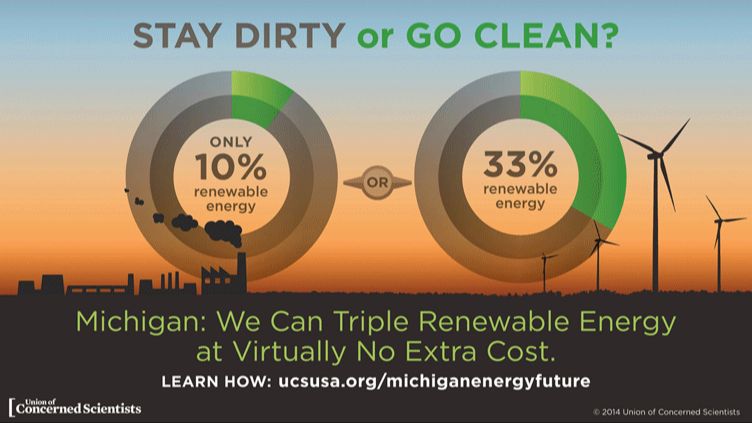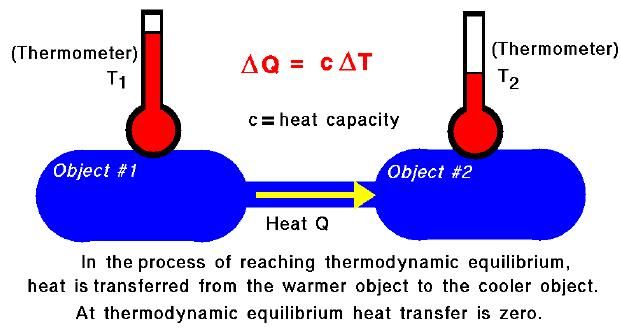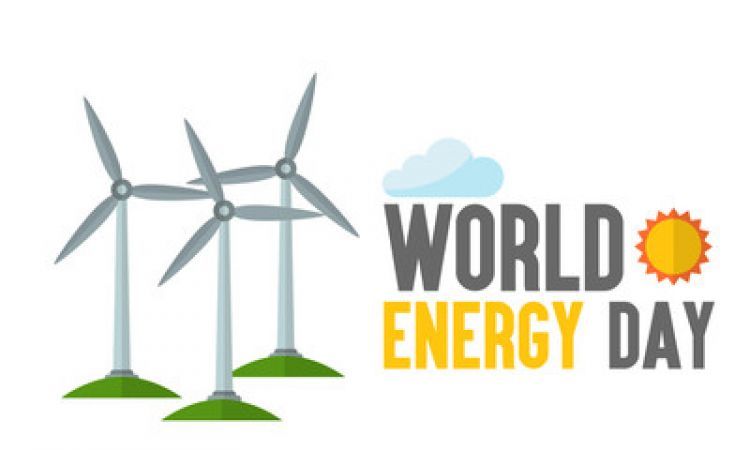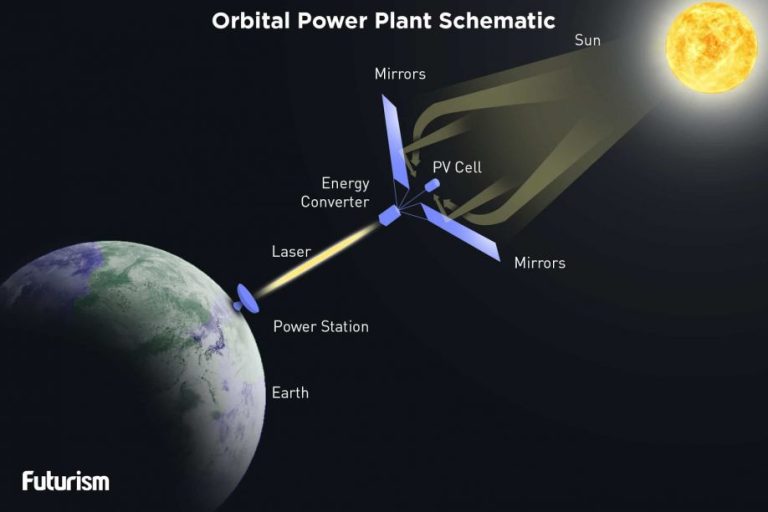Is Renewable Energy Economically Feasible?

Renewable energy refers to energy sources that are naturally replenished, such as solar, wind, geothermal, hydroelectric, and biomass power. Renewable energy provides clean alternatives to fossil fuels like coal, oil, and natural gas, which pollute the environment when burned. There is an ongoing debate regarding whether renewable energy sources like solar and wind are economically feasible compared to fossil fuels.
This article will examine the costs, benefits, and challenges of transitioning from fossil fuels to renewable energy. Key factors weighed include grid parity, capacity factors, energy storage, government subsidies, and projected future costs. The goal is to analyze whether renewable energy has reached economic viability versus traditional energy sources.
Cost Trends
The costs of renewable energy technologies like solar photovoltaics (PV) and wind power have declined substantially over the past decade. According to a 2017 report by the International Renewable Energy Agency (IRENA), the costs of solar PV fell 73% between 2010 and 2016, while onshore wind costs declined by 23% over the same period.
IRENA attributes these cost declines to factors like technology improvements, economies of scale, and competitive supply chains. For solar PV, the dramatic cost reductions have been driven by advances in panel efficiency and manufacturing processes. For wind, increased turbine sizes and hub heights have boosted capacity factors and lowered overall system costs.
As a result of these trends, renewable power generation costs have reached historic lows and are now competitive with fossil fuel-fired electricity in many markets. The low and declining costs have enabled exceptionally rapid growth in renewable energy deployment over the past decade.
Grid Parity
Grid parity refers to the point at which the cost of producing renewable energy matches or becomes cheaper than electricity from conventional sources like coal and natural gas. This is an important milestone, because it indicates renewables can compete economically with fossil fuels without subsidies.
Certain renewable energy technologies like onshore wind and utility-scale solar PV have already reached grid parity in some regions. According to one analysis, renewables reached grid parity for over two-thirds of the global population as of 2020 (Jayant Sinha). Factors enabling grid parity include improving capacity factors, declining equipment costs, and supportive policies. However, intermittency and storage costs remain challenges for full grid parity.
Capacity Factors
The capacity factor is a measure of how much energy is actually produced compared to the maximum possible energy that could be produced. Renewable energy sources tend to have lower capacity factors than fossil fuels.
For example, wind turbines have a capacity factor around 35-45%, and solar PV around 15-25% (Source). This means wind and solar produce a fraction of their maximum potential output over a year. In comparison, natural gas combined cycle plants have capacity factors around 50-90%.
The intermittent nature of renewables like wind and solar results in lower capacity factors. The availability of wind and sunlight varies continuously. Fossil fueled plants can operate more consistently when fuel is available.
However, as renewable technology improves, capacity factors are increasing. Better turbine designs, solar tracking, and forecasting allow renewables to capture more of their potential output (Source). With energy storage, excess renewable generation can also be captured and used during low production periods.
Storage Challenges
One of the key challenges with renewable energy sources like solar and wind is their intermittent nature. The sun doesn’t always shine and the wind doesn’t always blow when energy is needed. This creates a need for energy storage to capture excess renewable generation when available and discharge when demand is high (CITE SOURCE URL). According to a recent U.S. study, current costs of energy storage are still too high, and need to decrease by up to 90% in order to enable broad renewable energy adoption (CITE SOURCE URL). However, costs have been declining rapidly. Since 2010, lithium-ion battery pack prices have declined by 60% (CITE SOURCE URL). Further cost reductions in battery and other storage technologies will be critical for the feasibility and competitiveness of renewable energy.
Subsidies
Fossil fuels currently receive far more subsidies than renewable energy sources globally. According to a 2021 Nature article, fossil fuel subsidies totaled around $5.9 trillion in 2020, with renewable energy subsidies only totaling around $300 billion. The IMF has also reported that fossil fuel subsidies are dramatically higher than renewables subsidies globally, estimating 2017 levels at $5.2 trillion for fossil fuels versus only $150 billion for renewables.
This massive subsidy imbalance creates an uneven playing field, making it harder for renewable energy to compete economically. Phasing out fossil fuel subsidies could help level the playing field and allow market forces to drive more renewable energy adoption.
Economic Benefits
Renewable energy provides important economic benefits, including job creation, energy independence and security, and health benefits.12
The renewable energy industry is a major source of new job creation. In 2019 alone, renewable energy employment increased to nearly 3.4 million jobs globally, led by solar PV at 33% and biofuels at 22%. Many of these are local jobs that cannot be outsourced.3
Renewable energy also provides greater energy independence and security by relying on domestic resources rather than imported fossil fuels. This reduces exposure to global price fluctuations and supply constraints.4
There are also significant public health benefits from reducing air pollution and related health effects. Studies estimate renewable energy could prevent hundreds of thousands of premature deaths globally by mid-century.5
Cost Projections
The costs of renewable energy, especially solar and wind, are expected to continue declining rapidly in the coming years and decades. According to the International Energy Agency (IEA), solar costs could fall over 50% by 2030, from around $40 per MWh today to around $20 per MWh in 2030 (source). The U.S. Department of Energy has set a goal of getting utility-scale solar down to $0.03 per kWh by 2030, making it cost competitive with fossil fuels like coal and natural gas (source). With continued technological improvements, economies of scale, and market competition, the costs of wind and solar are expected to become even more affordable over time.
Various projections estimate renewable energy costs falling 50-70% by 2030 compared to today’s prices. For example, BloombergNEF predicts onshore wind costs will fall 47% and utility-scale solar costs will fall 55% in the next 8 years. Ramez Naam, a leading energy expert, forecasts solar at $0.02/kWh and wind at $0.03/kWh by 2030. If these projections hold true, renewables would become the cheapest form of new electricity generation in most parts of the world.
Policy Supports
Policy supports from governments play a crucial role in accelerating the adoption of renewable energy sources. As noted in the report from King Abdullah Petroleum Studies and Research Center, “Renewable energy policy supports the deployment of renewable power generators so as to reduce their costs through scale economies and technological learning” (Challenges for Widespread Renewable Energy Deployment). Policies such as investment tax credits, production tax credits, renewable portfolio standards, and net metering have helped drive down costs and increase deployment of solar and wind energy in the United States.
Research also shows that strong policy supports can accelerate the retirement of coal plants and the transition to renewable energy. A 2021 study published in Proceedings of the National Academy of Sciences found that “Renewable–energy policy supports can affect negatively the economics of coal-fired generators” (Do Renewables Drive Coal-Fired Generation Out of the Merit Order?). Government policies that incentivize and mandate renewables make it more challenging for fossil fuel plants to compete.
While policy supports have driven growth in renewables, they have not necessarily ensured equitable access. A 2022 study in ScienceDirect concluded that “Driven by continuous renewable energy policy supports from governments at multiple levels, the cumulative residential solar PV installation in the U.S. has increased rapidly in the past decade, but its adoption remains unequal” (Solar adoption inequality in the U.S.: Trend, magnitude, and policy solutions). More targeted policies may be needed to close adoption gaps across income levels and geographies.
Conclusion
After examining the economic factors surrounding renewable energy, the evidence suggests that renewable energy is becoming increasingly economically feasible. The costs of renewable energy technologies like solar and wind have declined substantially in recent years, reaching grid parity in many locations. Even with intermittency challenges, capacity factors for renewables are improving with better technology and siting. Though storage remains an obstacle, rapid advancements and cost declines in battery storage help address intermittency. While renewables still rely on subsidies in many markets, the costs are projected to continue falling as technology improves. Several economic analyses predict renewables reaching unsubsidized cost-competitiveness with conventional fuels within the next decade. With strong policy support and further technological progress, renewable energy appears poised to become a major affordable and sustainable energy source globally.





